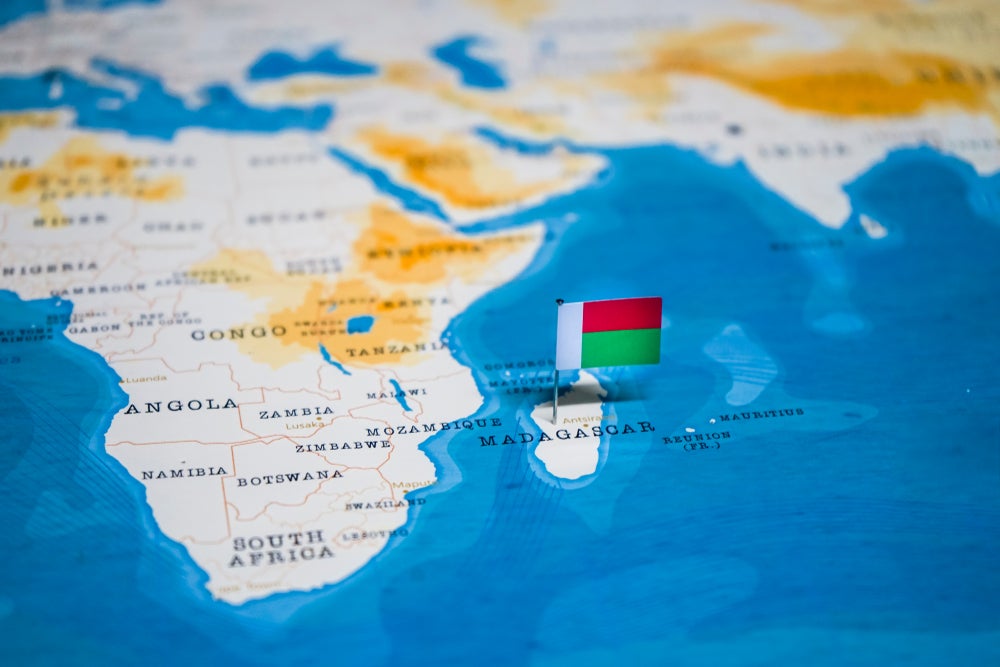Bank of Montreal has almost completed the integration of key US
acquisition Marshall & Ilsley. BMO President and CEO, William
Downe, talks about the cost savings arising from merging M&I
with existing subsidiary Harris Bank, and sets out
an upbeat vision for its enlarged America-based unit
As Bank of Montreal (BMO) puts the finishing
touches on its acquisition of its marquee US property, Marshall
& Ilsley, the bank finds the savings from the deal larger than
originally expected and the integration ahead of schedule.
BMO President and CEO William Downe highlights
the bank’s annual shareholder meeting with the good news that the
cost savings from the $4bn deal to merge M&I with Harris Bank,
the Chicago bank that it acquired in 1984, are some $50m better
than originally forecast.
The emergent 688-branch US arm of BMO,
renamed as BMO Harris NA, is on track to deliver an eventual $1bn
in annual profits, he says, bolstered by an ideal position in the
growing Midwest retail banking market.
“A critical point here is that the value of
our US investment is not just in what we own, but where it is,”
Downe says.
How well do you really know your competitors?
Access the most comprehensive Company Profiles on the market, powered by GlobalData. Save hours of research. Gain competitive edge.

Thank you!
Your download email will arrive shortly
Not ready to buy yet? Download a free sample
We are confident about the unique quality of our Company Profiles. However, we want you to make the most beneficial decision for your business, so we offer a free sample that you can download by submitting the below form
By GlobalData“Our strategy has consistently called for
growth in the contiguous states around Illinois. We have a strong
presence in Chicago, America’s third-largest city with a
metropolitan population of almost 10m.
“In the six surrounding states, we see a
resurgence of traditional economic strength, along with a new focus
on innovation in areas like precision manufacturing, which are
re-energising the export component of the US economy.”
BMO Harris NA now is twice the size of its US
footprint before the M&I deal, and has emerged as what the bank
describes as “a North American bank headquartered in Canada,” with
as many branches in Milwaukee as in Vancouver, and more
branches in Chicago than in Toronto.
The M&I footprint spreads across several
states including Wisconsin, Minnesota, Missouri, Indiana, Arizona
and Florida.
“We have a No. 1 market position in Wisconsin.
We have a No. 2 deposit share in Chicago and a No. 3 market share
overall in the Midwest states that we serve,” Downe says.
Downe adds that Canada’s forth-largest lender
by volume was open to further expansion in the Midwest if the right
deal presents itself, clearly signaling that this may not be the
last acquisition in the region.
In his address to shareholders, he stresses
the fact that M&I’s footprint lies squarely in a part of the
United States that it most rapidly emerging from the recession.
According to the Chicago Fed, manufacturing
output in January for five key Midwest states increased by 9% while
national output rose 4.7%, he said. Growth in a variety of sectors
in the Midwest outpaces national indicators, making the region an
ideal place for BMO Harris to grow outward from.
The bank’s growth in recent years has been
impressive. Five years ago, BMO had just fewer than 35,000
employees. Currently, its operations have more than 47,000
employees.
Its branch network, already a huge 1,200 in
2006, today totals more than 1,600 locations, and its assets under
management and administration have grown from $361bn to $526bn in
five years.
Meanwhile, its balance sheet weathered the
teeth of the recession in the United States and Canada. Its
fourth-quarter 2011 earnings grew at a surprising 34% clip for
profits of $1.11bn, compared with $825m during the same period in
2010. Revenue rose 18.7% to $4.12bn.
A drop in the number of bad loans in the US
helped fuel those record profits, underscoring just how important
its North American strategy has become.
When BMO bought Milwaukee-based Marshall
and Ilsley in 2011, it took a multibillion-dollar writedown on the
US bank’s portfolio of loans, expecting that many of them would not
be paid back.
Six months later, it is enjoying surprisingly
strong performance by recovering far more of that money than it
expected. That windfall meant that profit in the US retail banking
division rose to $137m from $54m a year ago.
Even as its rival Royal Bank of Canada (RBC)
has decided to cuts its losses and leave the US retail banking
market by selling its struggling Centura Bank to Pittsburgh’s PNC
Bank, Downe and BMO are doubling down on a North American
strategy.
But important differences exist between the
two deals. RBC acquired Centura when prices for retail banks in the
US were at historic highs, while BMO benefited from fire sale
pricing in the wake of the recession.
BMO’s M&I network does not come with the
lending problems that Centura’s operations, based in North
Carolina, experienced during the mortgage meltdown.
BMO’s strategy more closely resembles that of
another of its Canadian competitors, Toronto Dominion, which has
found the footing much easier in the US by leveraging a series of
timely purchases in urban US markets and integrating them tightly
under the TD brand umbrella.
With 1,300 branches stretching down the east
coast from Maine to Florida, TD, Canada’s second-largest bank, has
about 200 more branches south of the border than it has at home. It
spent big to acquire a larger footprint in more urban areas.
First, TD bought a majority stake in Maine-based Banknorth Group
for $3.8bn in 2004, which it later increased to full ownership. It
then purchased Commerce Bank for $8.5bn in 2007, a staggering
acquisition in terms of size, but one that gave it an East Coast
powerhouse.
Timing is everything, especially when it comes to bank deals. The
strong Canadian dollar makes acquisitions more affordable, and
Canada’s lenders are better capitalised than their American
competitors.
Canadian banks have had little choice but to
look outside the country for retail growth. The domestic retail
market is a mature and saturated place where lenders are locked in
cutthroat competition. The Big Six banks essentially have to buy
market share, opening new branches to lure deposits from the bank
across the street, or undercutting rivals on mortgage rates, lines
of credit and commercial lending.
It’s a vicious cycle that shrinks margins,
making the US, for all of its risk, a bet more worth the risk than
ever before.





